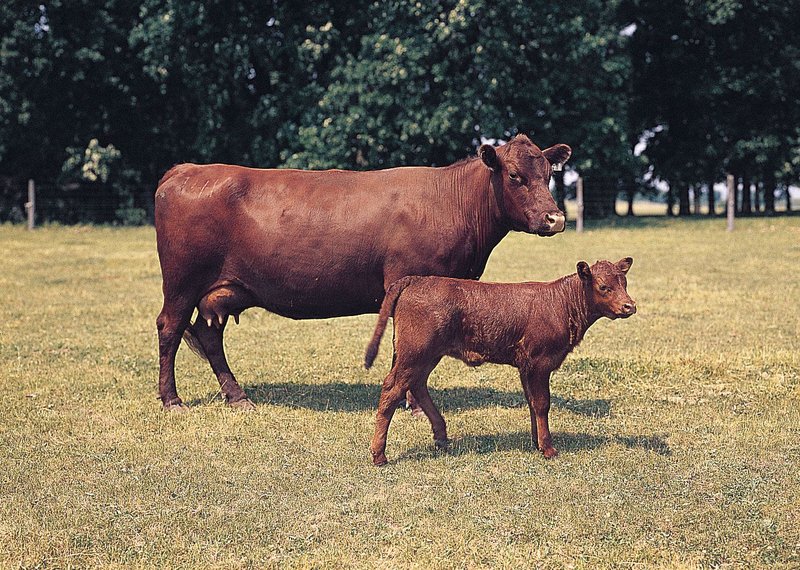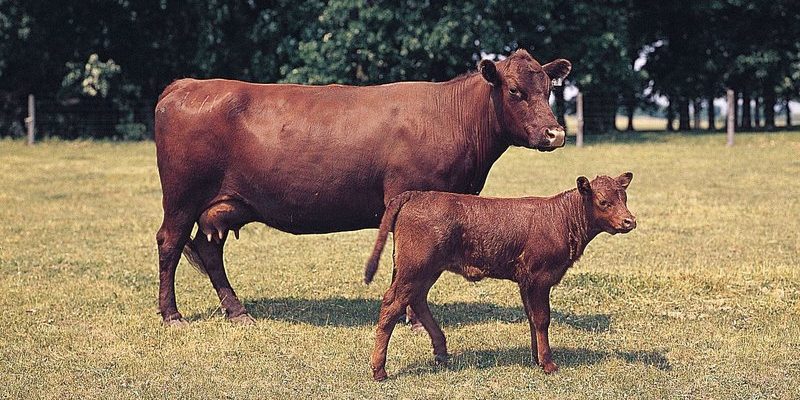
So, what does it actually look like when these scaly creatures set out to mate? Honestly, it’s more dynamic than you might think. From elaborate courtship rituals to the demanding task of raising young hatchlings, alligators take their reproductive duties quite seriously. In this article, we’ll explore everything from their mating seasons to the nurturing habits they exhibit after the eggs are laid. Let’s get started!
Mating Season for American Alligators
For the American alligator, mating season typically kicks off in the spring, around April to June. During this time, temperatures rise, and the air fills with a mix of excitement and competition. The males, often larger and more dominant, start to display their presence by bellowing deep, resonating sounds to attract females. It’s like a loud, primal concert designed to showcase their strength and readiness to mate.
You might be wondering, how do these calls work? Well, they resonate through the water, making them audible to females who are swimming nearby. Once a female is interested, she’ll respond with a series of softer, croaky sounds. This initial interaction sets the stage for their courtship dance, which is quite fascinating. The pair will swim together, rubbing against each other and even doing a bit of rolling in the water—a sign of affection and compatibility.
Territorial Behavior
It’s not all smooth sailing, though. Males are extremely territorial during mating season. They’ll often engage in aggressive displays or fights with other males to establish dominance over an area. Picture this: two hefty alligators, tails thrashing, jaws snapping, as they vie for the attention of a potential mate. This aggressive behavior is a vital part of the mating process, ensuring that the strongest genes are passed on.
Females, on the other hand, are more selective. They evaluate potential mates based on their size and health, often choosing the strongest male available. This selection process is crucial for maintaining the health of future alligator generations.
Nesting and Egg Laying
Once a female alligator has mated, she heads off to find a suitable nesting site. The choice of location is critical; she looks for areas with adequate cover and proximity to water, often utilizing vegetation like reeds or mud to build her nest. This process usually takes place in late June to early July.
When constructing her nest, the female will use her powerful jaws and front limbs to gather materials. She makes a mound that contains around 20 to 50 eggs, which she then covers with more vegetation. This nesting behavior is not just instinctive; it’s a carefully calculated strategy to protect the eggs from predators. The decaying plant material generates heat, which is essential for incubating the eggs.
The eggs will typically incubate for about 60 to 70 days. You might be amazed at how these reptiles manage their reproductive behavior in such detailed ways. Here’s the real kicker: the temperature of the sand around the eggs will determine the sex of the hatchlings. Warmer temperatures typically yield more males, while cooler conditions result in females. How cool is that?
Parental Care
After the incubation period, it’s all hands on deck for the female alligator. Once the eggs start to hatch, she’ll hear the distinct sounds of her babies calling from inside their eggs. This is where the real magic happens! The mother uses her strong jaws to gently crack the eggs open, ensuring all her hatchlings make their way to the surface.
But her job doesn’t stop there. The mother remains protective, escorting her hatchlings to the nearby water and guiding them to their new home. She will stay close by, defending them against potential threats for several months. It’s quite a nurturing role, especially for a species often seen as fierce and aggressive.
The Role of Temperature in Reproductive Success
One of the most intriguing aspects of alligator reproduction is the influence of temperature on both nesting and hatchling survival. As mentioned earlier, temperature plays a huge role in determining the sex of the young alligators. But the effects of temperature go beyond that.
Extreme temperatures can affect the viability of the eggs themselves. If the nest gets too hot, the eggs might not survive, while temperatures that are too low can slow down embryo development. This delicate balance makes the choice of nesting site crucial. It’s a high-stakes game of survival for both the hatchlings and the mother.
In changing climates, these challenges become even more pronounced. As the environment shifts, alligators may need to adapt their behaviors and nesting strategies to ensure their young have the best chance of survival. It’s a reminder of how interconnected our ecosystems are.
Challenges Faced During Breeding
American alligators also face a variety of challenges during breeding and nesting. Habitat loss due to human activity is a significant issue. Wetland draining and development can reduce the availability of suitable nesting sites. On top of that, pollution can contaminate the waters where they live, making it harder for alligators to thrive at any stage of their life cycle.
Predators are another constant threat. Many animals, including raccoons and birds, see alligator eggs as a delicacy. This is why the protective nature of the mother alligator is so important. If she can ward off predators during the critical hatching period, she significantly boosts the odds of her hatchlings surviving.
Post-Hatching: Life for Young Alligators
Once the eggs hatch, young alligators enter a world filled with both wonder and danger. They’re tiny—only about 8 to 10 inches long—and completely dependent on their mother for protection. This stage of life is a whirlwind of exploration and learning.
Young alligators are naturally curious but also vulnerable. They quickly learn to navigate their watery environment, honing skills essential for catching prey. During this time, they primarily eat small fish, insects, and crustaceans. Watching them learn and grow is like observing a dance of instinct and adaptation unfolding in real-time.
Here’s the thing: not all young alligators will survive to adulthood. The survival rate can be low, often due to predation or environmental factors. But those that do make it through this challenging phase can live for decades, with some reaching impressive lengths of over 13 feet!
How Breeding Habits Affect Alligator Populations
The breeding and reproductive behavior of American alligators have a significant impact on their overall populations. Healthy breeding practices and successful hatching rates contribute to the stability of alligator numbers in various habitats. On the flip side, disruptions to their breeding cycles can lead to declines.
Efforts to conserve alligator habitats play a crucial role in maintaining their populations. By preserving wetlands, we ensure that alligators have the space they need to breed and raise their young. This conservation effort benefits not just alligators but the entire ecosystem that relies on wetlands for survival.
The breeding and reproductive behavior of the American alligator is a captivating and complex journey filled with instinct, strategy, and survival. From the alligator’s courtship rituals to the nurturing of hatchlings, these reptiles remind us of the beauty and intricacy of nature. Every aspect of their reproduction is finely tuned to ensure the continuation of their species in a world that’s constantly changing.
As we learn more about these ancient creatures, we deepen our appreciation for their role in the ecosystem. Protecting their habitats is vital, not just for alligators, but for the health of the entire environment. So the next time you see an alligator basking in the sun, remember the remarkable journey they undertake to reproduce and raise their young. It’s a story of resilience and adaptation worth cherishing.

